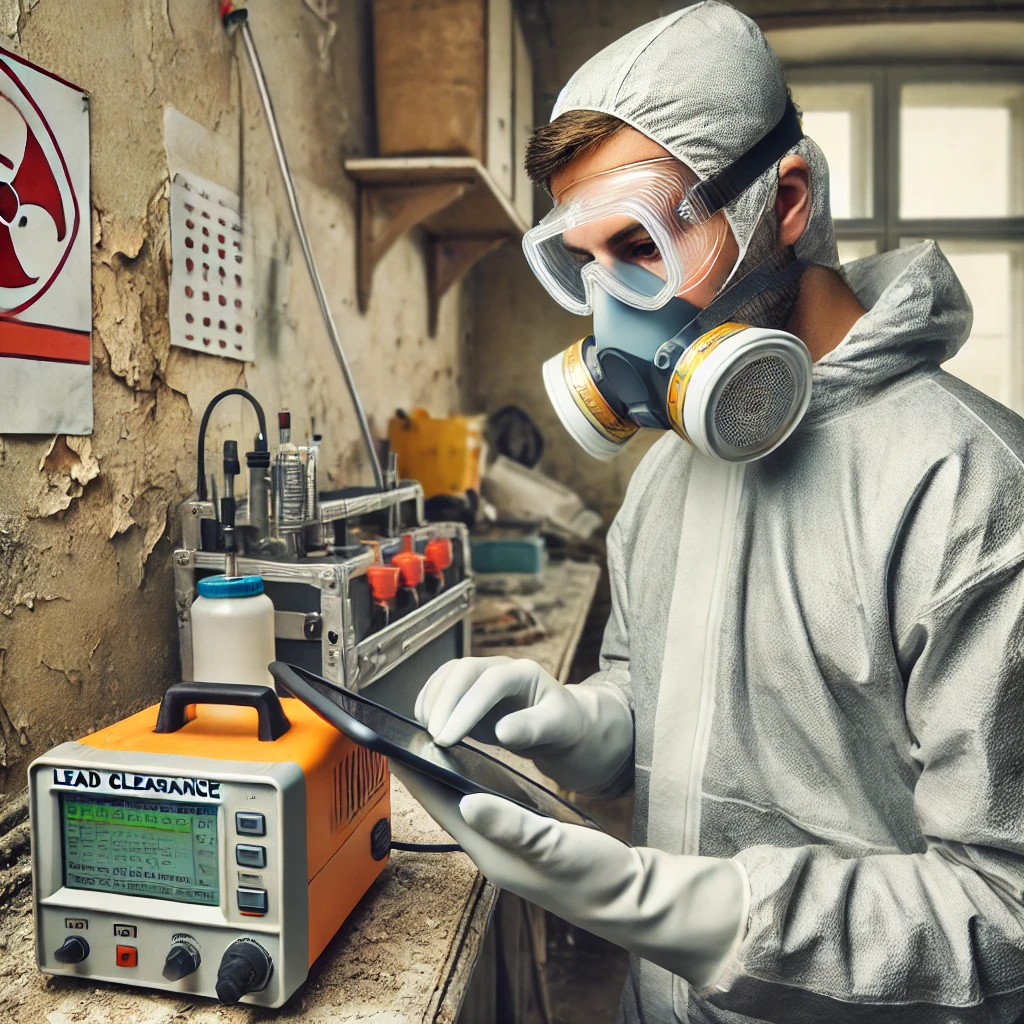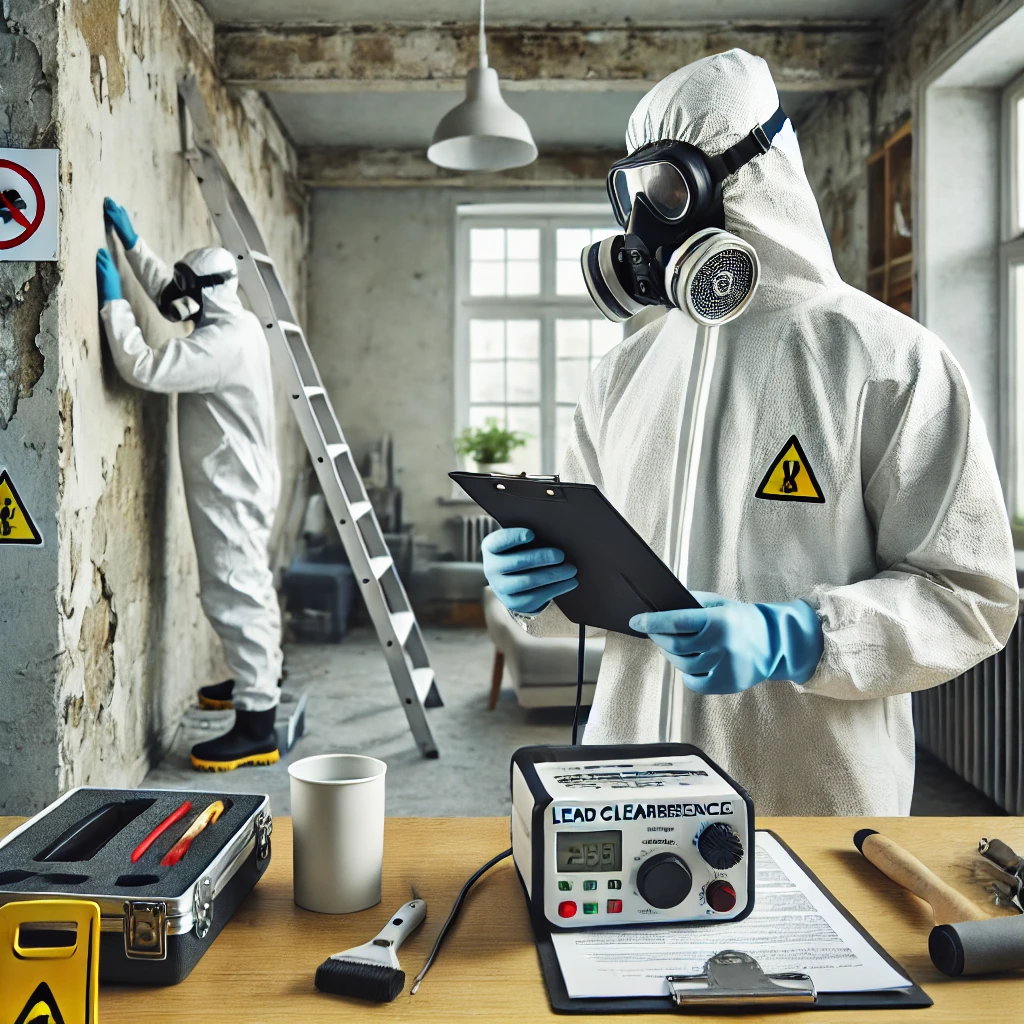- December 28, 2024
Steve Moody LEAC Clearance Tech Ohio: Ensuring Safe and Healthy Environments

Steve Moody LEAC Clearance Tech Ohio: Ensuring Safe and Healthy Environments
When it comes to maintaining a safe and healthy environment, the role of a Lead Clearance Technician is crucial. In Ohio, Steve Moody, a highly skilled professional in this field, plays a significant role in helping individuals and organizations ensure their spaces are free from hazardous lead and asbestos materials. This article explores the responsibilities of a lead clearance technician, the abatement and clearance procedures, Ohio’s environmental health regulations, and the services provided by Moody Environmental and Consulting Services.
Lead Clearance Technician Role and Responsibilities
A Lead Clearance Technician is responsible for overseeing the removal and safe disposal of hazardous materials like lead-based paints, often found in older buildings. The role involves:
- Inspecting properties to identify the presence of lead-based materials.
- Conducting tests to confirm contamination levels.
- Overseeing the proper removal or encapsulation of lead-based materials.
- Ensuring that post-abatement clearance procedures are followed to guarantee that the space is free of harmful substances.
Steve Moody’s work as a Lead Clearance Tech in Ohio involves expertise in these procedures, ensuring safety and compliance with local and federal standards.
Lead Abatement and Clearance Procedures
Lead abatement is the process of reducing or eliminating lead-based hazards, particularly in buildings that were constructed before 1978 when the U.S. banned lead-based paint. Lead clearance procedures include:
- Assessment: Technicians like Steve Moody perform thorough inspections to detect lead contamination.
- Containment: Areas affected by lead materials are sealed off to prevent cross-contamination.
- Removal: Lead-based paint and materials are safely removed or encapsulated to prevent exposure.
- Clearance Testing: After the abatement process, clearance testing is conducted to ensure the area is free of hazardous lead dust or residue. This involves air quality testing, surface wipe sampling, and dust clearance testing.
Ohio’s Environmental Health and Safety Regulations
Ohio has strict regulations for managing lead-based hazards, especially in homes built before 1978. These laws are designed to protect residents, workers, and contractors from lead exposure, which can lead to severe health issues. Key regulations include:
- Ohio Revised Code and Ohio Administrative Code set the framework for lead abatement projects.
- Licensing requirements for lead abatement contractors and clearance technicians.
- Mandatory post-abatement testing to ensure that all lead hazards have been properly addressed.
Lead clearance technicians, including those like Steve Moody, must be familiar with these regulations and adhere to them in all their work to ensure public health and safety.
Hazardous Materials Risk Assessment
Before any lead abatement work can begin, a hazardous materials risk assessment must be performed. This assessment involves identifying potential hazards, including lead and asbestos, and evaluating the risks they pose. A comprehensive risk assessment helps determine:
- The extent of contamination.
- The best course of action for removal or containment.
- The safety measures that must be implemented during the work.
By conducting thorough risk assessments, professionals like Steve Moody ensure that no stone is left unturned in protecting the health of those in the affected area.
Environmental Impact of Lead Contamination
Lead contamination poses serious risks to both human health and the environment. Prolonged exposure to lead can lead to:
- Health Issues: Particularly in children, lead exposure can cause developmental delays, learning difficulties, and behavioral problems. In adults, it may result in kidney damage, high blood pressure, and other health conditions.
- Environmental Concerns: Lead can leach into the soil and water, causing long-term environmental damage.
Proper clearance of lead-based hazards is essential to mitigate these risks and maintain a healthy living environment. Technicians like Steve Moody play a crucial role in reducing the environmental impact of lead contamination.
Certifications for Lead and Asbestos Technicians
In Ohio, lead and asbestos technicians must hold specific certifications to legally perform abatement and clearance work. These certifications ensure that professionals have the necessary training and knowledge to safely handle hazardous materials. Certifications include:
- Lead Abatement Supervisor and Worker Certifications – Required for individuals involved in lead removal projects.
- Asbestos Abatement Certifications – For technicians working with asbestos, another common hazardous material found in older buildings.
By holding these certifications, Steve Moody guarantees that all work performed meets the highest standards of safety and professionalism.
Tools and Technologies Used in Lead Clearance Testing
To ensure that lead abatement is successful and complete, lead clearance testing employs a variety of advanced tools and technologies. Some of the key tools used include:
- X-ray fluorescence (XRF) analyzers – Used to test lead levels in paint, soil, and dust.
- Surface wipe testing kits – For detecting lead dust on surfaces.
- Airborne dust monitoring devices – To measure lead contamination in the air during and after abatement.
These tools allow technicians like Steve Moody to conduct thorough and accurate testing to confirm that spaces are safe and free from lead hazards.
Moody Environmental and Consulting Services
Moody Environmental and Consulting Services, led by Steve Moody, provides a wide range of environmental health services, including lead and asbestos abatement, risk assessments, and clearance certification. Their services ensure that homes, schools, and commercial properties meet the safety standards required by law.
The company’s expertise extends beyond lead clearance to include mold remediation, indoor air quality testing, and hazardous material management. Their team is committed to creating safe, healthy living and working environments for clients across Ohio.
The Importance of Lead Paint Safety in Older Buildings
Many homes and buildings constructed before 1978 still contain lead-based paints, posing significant risks to residents. Lead paint is especially dangerous when it deteriorates, creating lead dust or chips. Ensuring lead paint safety through proper inspection, abatement, and clearance is crucial, especially in older buildings. Professionals like Steve Moody help prevent health hazards by carefully managing lead paint risks and ensuring compliance with safety standards.
Conclusion
As a Lead Clearance Technician in Ohio, Steve Moody plays a vital role in safeguarding the community from the dangers of lead contamination. Through comprehensive lead abatement procedures, regulatory knowledge, and advanced testing technologies, he ensures that properties are free from hazardous materials. For anyone looking to address lead hazards in their building, relying on certified professionals like Steve Moody is the best way to ensure a safe, compliant, and healthy environment.